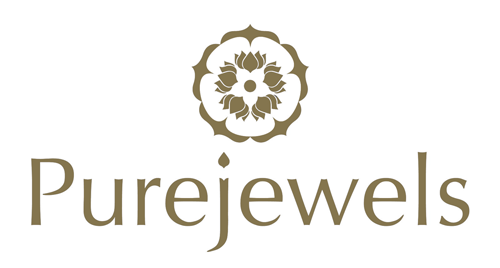The difference between 22ct and 24ct gold prices lies in purity, usage, and market value, and understanding this helps buyers make informed choices, whether for jewellery or investment.
1. Purity Difference
24ct gold is 99.9% pure. It is the purest form of gold available and is soft, malleable, and typically used for bullion bars, coins, and investment-grade products.
22ct gold is 91.6% pure (22 parts gold and 2 parts alloy like copper or silver). It’s stronger and more durable, making it ideal for fine jewellery.
2. Price Difference
Since 24ct gold has a higher purity, it commands a higher price per gram than 22ct.
The price difference is usually proportional to the purity percentage:
If 24ct gold is priced at £80/gram, 22ct gold would be roughly:
£80 × (22/24) = £73.33/gram
This is a general estimate. Retail prices also include making charges, VAT, and dealer premiums, especially in jewellery.
3. Usage & Practicality
24ct gold is too soft for everyday wear, which is why it’s mostly used for bars, coins, and temple jewellery.
22ct gold strikes a balance between purity and durability, making it a preferred choice for bridal sets, bangles, chains, and rings.
At PureJewels, you can easily check the live prices of both 24ct and 22ct gold jewellery on our website. Whether you’re browsing for investment pieces or everyday wear, our pricing reflects real-time gold rates to ensure clarity and confidence in every purchase.





